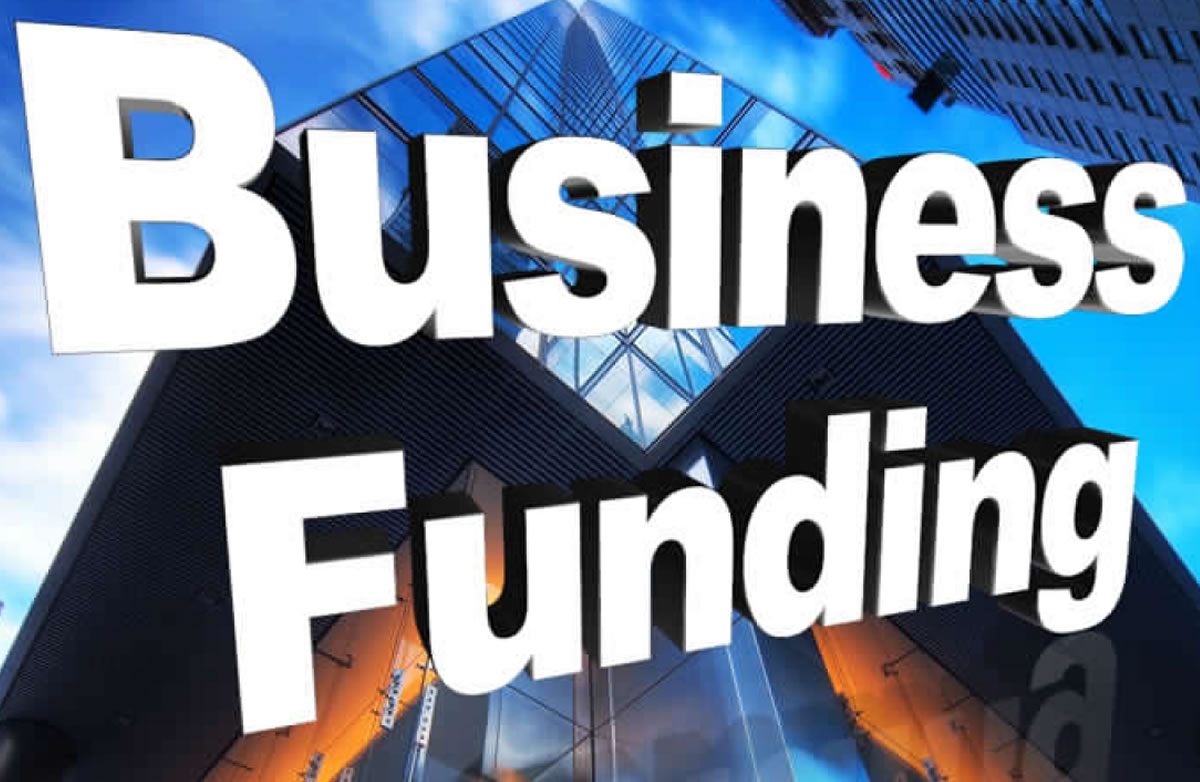
10 Ways To Fund Your Business
10 ways to fund your business (without a bank loan)
1. Savings/family loans
Let’s get the obvious one out of the way first. If you do have cash sitting in a bank account, then using that should be the first thing you do. You might also use a redundancy payout or even sell a property to get your dream off the ground.
The other straightforward option is to ask family members or close friends for financial assistance. This can definitely work but it’s really really important to make sure that both parties know exactly what they’re agreeing to and really should write a contract of sorts, one that makes it clear whether the money is a loan or a gift, how it will be repaid, whether any interest will be charged etc.
Making sure the terms are clear, and there’s a proper agreement that can be referred back to later is the key to making sure a family loan doesn’t lead to any painful scenes down the line (or even you being written out of the will).
So, approach family loans the same way you’d approach any other investment. Be clear about how much money you need, what it would be used for, what your business plan is, and how you plan to repay the loan.
2. Bank overdrafts
If you’ve ever had a bank account, then you probably know how an overdraft works. When your balance hits zero, you can keep spending (and go into minus figures), with interest charged on the minus amount.
A business bank overdraft works in the same way, it’s linked to your business bank account and the amount of interest you pay will depend on how your business is doing financially.
Overdrafts can either be arranged (you agree with your bank a set amount you can go overdrawn, and how much you will be charged to do so) or unarranged (you go overdrawn without sorting it with your bank and, generally speaking, get charged a small fortune for doing so).
They can also be either secured or unsecured.
A secured overdraft is, as you’d expect, secured against something your business owns. This could be your business premises or a business vehicle for example and this could be repossessed if you can’t afford to pay back the overdraft. An unsecured overdraft has no such conditions.
3. Business grants
Business grants are basically free money, what’s not to love?
As you’d imagine, there is a pretty big catch.
There are hundreds of grants out there, but they all have different conditions that need to be met.
Some are only offered to businesses in a particular area, some can only be accessed by businesses in particular sectors, and some require your business to be doing truly ground breaking stuff in terms of research and development.
How you get the money varies, some grants give you a lump sum when you’re accepted, some pay in instalments, some need you to pay and then claim money back.
4. Invoice finance
Invoice finance unlocks the value of your unpaid invoices, boosting your cash flow and stopping unreliable clients from getting in the way of your expansion plans.
And, as you’d expect, you’ll pay something for this service.
How much depends on which invoice finance company you go with and how your business is doing, generally speaking, the higher the value of the invoices you submit, the lower the rate you’ll pay.
Because of the way this model works, your finance company has a real interest in helping your business succeed. After all, the more money you make, the more money they can make from you, so many providers give a very hands-on service that can include assigning you a personal account manager, visiting your business in person, and offering expert advice.
Using an invoice finance company can also free you from having to chase down unpaid invoices yourself.
5. Community schemes (CDFIs)
If you’ve never heard of a CDFI, that’s not too surprising as they’re a pretty hidden part of the UK’s financial landscape.
CDFI stands for community development finance institutions and, in short, they are responsible lenders that both provide finance and support to the businesses they lend to.
If you need a business loan but can’t get accepted by a mainstream bank, then borrowing from a CDFI could be a great fit for your business.
6. Crowdfunding
Crowdfunding has been going for a while (the basic concept dates to at least the 1700s) but its popularity has risen steadily over the past two decades and it’s now a really important route for small businesses seeking funding.
The essential idea of crowdfunding is pretty simple. Lots of people (the crowd) contribute small amounts of money, which can then add up to pretty large amounts of funding.
There are four types of crowdfunding with the main difference being what you give your investors in return for their cash:
- Equity crowdfunding: This is based on the idea that you give away a stake in your company in exchange for funding. This means you can raise large amounts, but you’ll need to disclose lots of information about your business and need to be careful about how much of your company you give away.
- Rewards based crowdfunding: If you use a rewards based crowdfunding site like Kickstarter or Indiegogo, then you reward your backers with gifts. This often means giving them the product you’re selling at a discount but it can be less tangible things like a computer game using the names of its investors for character names. The major drawback of rewards based crowdfunding is that many sites have an ‘all or nothing’ approach, if you don’t reach the amount you’re asking for, then you get no investment at all. You can though raise more than you initially ask for, so make sure your target is modest and achievable.
- Peer to peer crowdfunding: With peer-to-peer crowdfunding, you’re essentially getting a business loan from a pool of investors, with the expectation that you’ll pay it back with interest.
- Donation crowdfunding: As the name suggests, with donation crowdfunding, you get funding without having to give anything in return. However, as you might imagine, this only works for businesses that are supporting their local areas.
7. Business cash advance
Business cash advance also called merchant cash advance only launched in the UK a few years ago but is becoming an increasingly popular source of funding for SMEs.
It’s essentially a business loan that you pay back through a percentage of your card sales.
As part of the application process, you and the lender will agree on the amount you want to borrow, and you’ll know the fixed fee that will be charged.
8. Asset finance
Asset finance is a pretty broad category that covers lots of different types of lending but it can basically be broken down into two categories:
- Finance that helps you buy or lease assets like vehicles and industrial equipment
- Finance that unlocks the value of things owned by your business
The first category includes things like hire purchase (where your repayments eventually lead to you owning the asset) and equipment leasing (where the lender buys the asset and you simply pay to rent it off them).
The second category primarily refers to asset refinance.
9. Peer-to-peer (P2P) lending
P2P lending is basically a specialised form of crowdfunding, where lots of people pool their resources and give loans to people and businesses that need them.
The whole process involves collecting money from investors and assessing businesses that apply for loans to see who they should lend to and what rates they should offer.
From a business perspective, the process is very similar to applying for a standard business loan – with the big difference being that you can be accepted (and get funding) much more quickly and that the money you receive ultimately comes from ordinary people rather than a bank.
10. Organic growth/bootstrapping
Bootstrapping means funding your business without outside investment. It’s hugely challenging, but lets you stay true to your business ideals and can bring huge rewards.
Author: Safwan Ul Amin (Business Sales Director)
I have over 20 years experience in various business industries. Contact me on 02037332315 or [email protected] if you are thinking about buying or selling a business via our platform.
Sorry, the comment form is closed at this time.



